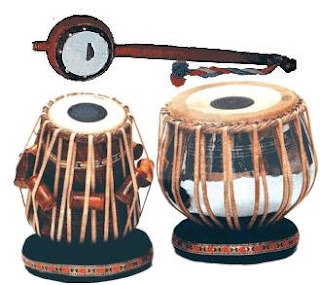In some way Lata Mangeshkar changed the Indian music industry. She not only opened avenues for bright female singers but also helped in making film music more popular. Combing with other great male singers of that era, few decades from 1950s produced great music. Music composers were also ibstrumental in bringing out best music from these talented singers. S D Burman, Kalyanji-Anandji, Laxmikanth-Pyarelal, O P Naiyaar, Naushad etc produced melodious tunes. One interesting incidence was pairing of a particular singer with one actor. For example, Mukesh was always summoned for singing songs for Raj Kapoor. This combination gave us numerous hits that are still hummed today.
Who can forget, Dost dost na raha, Sajan re jhooth mat bolo, Jaane kaha gaye wo din, Mera joota hai japani and other such songs that sent public repeating those songs for many years. Mohammad Rafi sang numerous hit songs for Dev Anand and Rajendra Kumar (also known as Jubilee kumar). Baharo Phool mat barsao, Kim era prem patra padh ke and several other songs became a part of legend. One of the most famous combinations was Rajesh Khanna and Kishore kumar. This pair ruled the roost for almost 1-2 decades. They gave us songs like, Ye jo mohabbat hai, Roop tera mastana, Pyar deewana hota hai, Kabhi bekasai ne maara etc. Kishore kuamr also sang several hit songs for Dev Anand and Amitabh bachchan.
R D Burman completely changed the way Hindi music was played. He brought elements of pop, rock, cabaret and usage of new instruments. His music and innovative tunes was a turning point in Hindi music industry. We will know more about him in coming articles.


